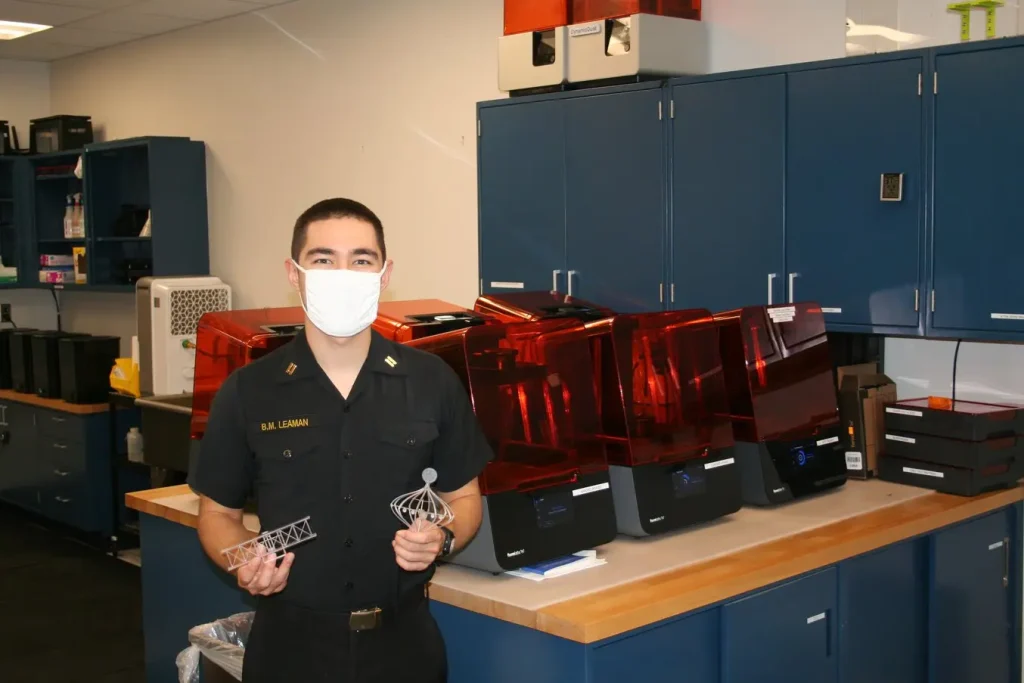By
Ellen Askey
Ellen Askey
Session led by: Elaine Chen, entrepreneurship lecturer at MIT
Building
from the basics, that entrepreneurs must leave the office to interact with
costumers, we discussed qualitative versus quantitative market research.
from the basics, that entrepreneurs must leave the office to interact with
costumers, we discussed qualitative versus quantitative market research.
Elaine
took the position that quantitative measures are best for pricing research – in
fact, the only viable way to research prices is to try selling the product at
various prices and see whether or not customers buy. Survey takers tend to
respond that they would buy a product, though when faced with the purchasing
decision, they would not follow through. Katarine Cai countered that
qualitative research may be more useful B2B companies making more customized
sales for which one would want to understand a given customer’s motives for
buying the product.
took the position that quantitative measures are best for pricing research – in
fact, the only viable way to research prices is to try selling the product at
various prices and see whether or not customers buy. Survey takers tend to
respond that they would buy a product, though when faced with the purchasing
decision, they would not follow through. Katarine Cai countered that
qualitative research may be more useful B2B companies making more customized
sales for which one would want to understand a given customer’s motives for
buying the product.
Hardware
companies follow a slightly different principle, too. Because they cannot
iterate as quickly as software companies, they cannot use the “sell and see”
method for pricing research. However, they can use surveys for which target
customers rank their likelihood to buy a product on a 1-5 scale. Different
prices are used for different groups of survey takers. Using such surveys,
Kindle researchers determined that the best price for mass adoption was $99,
which they eventually lowered the price to. Surveys can also help determine
product-market fit. One can administer a test for how upset target customers
would be if the product were taken away. If 40 percent respond “extremely
upset,” the product fits the market quite well. Josh Bob challenged that even
this tests is too qualitative; he holds that raising the price is again the
only way to learn customers’ true responses.
companies follow a slightly different principle, too. Because they cannot
iterate as quickly as software companies, they cannot use the “sell and see”
method for pricing research. However, they can use surveys for which target
customers rank their likelihood to buy a product on a 1-5 scale. Different
prices are used for different groups of survey takers. Using such surveys,
Kindle researchers determined that the best price for mass adoption was $99,
which they eventually lowered the price to. Surveys can also help determine
product-market fit. One can administer a test for how upset target customers
would be if the product were taken away. If 40 percent respond “extremely
upset,” the product fits the market quite well. Josh Bob challenged that even
this tests is too qualitative; he holds that raising the price is again the
only way to learn customers’ true responses.
Survey
tips include keeping it short – every 10 questions, 10 percent of responders
stop – and asking only actionable questions, not just any and all interesting
questions. Start by asking yourself what information you need to make the
decision.
tips include keeping it short – every 10 questions, 10 percent of responders
stop – and asking only actionable questions, not just any and all interesting
questions. Start by asking yourself what information you need to make the
decision.
Yet,
the heart of qualitative market research lies in interaction with target
customers to gain insights. Observation can be a doorway to pain points. Market
researchers can see how customers interact with the product or how target
customers act with pain points lacking a given solution. Elaine noted the time
she spend 8 hours in a car with a real estate agent to see how they passed that
time.
the heart of qualitative market research lies in interaction with target
customers to gain insights. Observation can be a doorway to pain points. Market
researchers can see how customers interact with the product or how target
customers act with pain points lacking a given solution. Elaine noted the time
she spend 8 hours in a car with a real estate agent to see how they passed that
time.
Discussion,
too, is a great way to learn about the pain points that target customers face.
One cannot simply ask, generally, “Do you have a problem?” Instead, make a
hypothesis about who you target customers are, bring them in, and have a
conversation. Elaine once researched target customers with sleep problems for a
sleep-tracking alarm clock. There, one could first ask, “What are your sleep
issues?” Perhaps the interviewee does not even realize their abnormal sleep
patterns are problematic; that’s also important to consider.
too, is a great way to learn about the pain points that target customers face.
One cannot simply ask, generally, “Do you have a problem?” Instead, make a
hypothesis about who you target customers are, bring them in, and have a
conversation. Elaine once researched target customers with sleep problems for a
sleep-tracking alarm clock. There, one could first ask, “What are your sleep
issues?” Perhaps the interviewee does not even realize their abnormal sleep
patterns are problematic; that’s also important to consider.
The
conversation should flow from general to specific. The interviewer should let
it flow freely, without guiding the conversation towards their own
solutions. Thus, the interviewer avoids
leading the witness, and the witness avoids responding positively though
falsely, out of kindness. Elaine suggests that the interview prepare 4
open-ended channels of conversation; the interview can listen to the
interviewee’s story and follow them to narrow the conversation. Once the
conversation is complete, the interviewer may talk about potential solutions
and could even ask “If a genie cam with a solution, what would it look like?”
conversation should flow from general to specific. The interviewer should let
it flow freely, without guiding the conversation towards their own
solutions. Thus, the interviewer avoids
leading the witness, and the witness avoids responding positively though
falsely, out of kindness. Elaine suggests that the interview prepare 4
open-ended channels of conversation; the interview can listen to the
interviewee’s story and follow them to narrow the conversation. Once the
conversation is complete, the interviewer may talk about potential solutions
and could even ask “If a genie cam with a solution, what would it look like?”
Elaine
strongly recommends the free ebook, “Talking to Humans, Success Starts with
Understanding Your Customers,” for more on this topic.
strongly recommends the free ebook, “Talking to Humans, Success Starts with
Understanding Your Customers,” for more on this topic.
Regarding
methodology, Elaine recommends recording the interviews on video so that the
market researchers can use facial cues. However, the opposing school of thought
holds that recording can detract from the interviewee’s honesty.
methodology, Elaine recommends recording the interviews on video so that the
market researchers can use facial cues. However, the opposing school of thought
holds that recording can detract from the interviewee’s honesty.
Elaine
also recommends interviewing in pairs, with one person talking and one taking
notes. The interviewers can debrief ever 5 or so discussions, sharing insights
and looking for patterns among target customers. In this way, they test their
target customer hypothesis, and they see potential correlations between the
target factors and other factors.
also recommends interviewing in pairs, with one person talking and one taking
notes. The interviewers can debrief ever 5 or so discussions, sharing insights
and looking for patterns among target customers. In this way, they test their
target customer hypothesis, and they see potential correlations between the
target factors and other factors.
Near
the end of our discussion, one participant asked when entrepreneurs should
disregard customer feedback completely, as Steve Jobs claimed he did. We
determined that customer opinions typically have no bearing in aesthetics, from
the fast-changing fashion world to user interfaces.
the end of our discussion, one participant asked when entrepreneurs should
disregard customer feedback completely, as Steve Jobs claimed he did. We
determined that customer opinions typically have no bearing in aesthetics, from
the fast-changing fashion world to user interfaces.
In the
end, says one participant, customer feedback is a useful as a way to mitigate
risk. Entrepreneurs can then choose whether or not too listen to feedback,
weighing the risks and benefits of pursuing a potentially disruptive
innovation.
end, says one participant, customer feedback is a useful as a way to mitigate
risk. Entrepreneurs can then choose whether or not too listen to feedback,
weighing the risks and benefits of pursuing a potentially disruptive
innovation.


